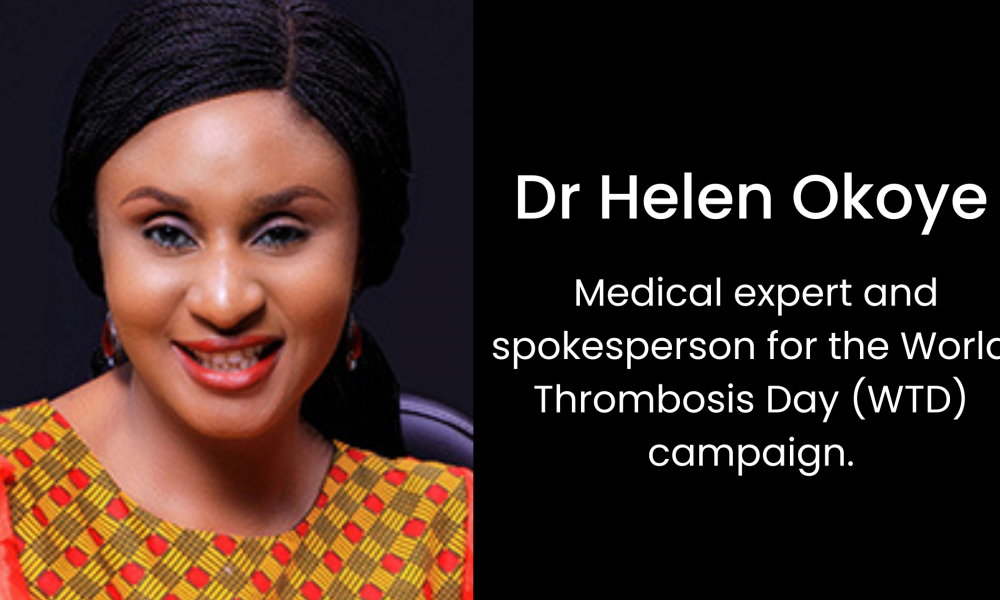

You’re young, fit, and healthy, and hardly ever need to go to the doctor, so heart disease should be the last thing on your mind, right? Wrong, say medical experts, who are seeing an increase in young urban Nigerians suffering from heart attacks.
Every year, 4.1% of Nigeria’s population die due to cardiovascular diseases. Of this, medical experts have found that heart attacks, in particular, are the primary cardiovascular disease that causes death. And while heart attacks are thought to happen only to elderly people or those with unhealthy lifestyles, there is a growing rate of heart attack prevalence in younger people.
Medical researchers conducting a study in Nigeria discovered that Acute Coronary Syndrome – the collective term used to describe a range of conditions associated with sudden, reduced blood flow to the heart, such as a heart attack – is rising in Nigeria, with patients predominantly being middle/upper class young urban people, who present late with complications.
Myocardial infarction (MI), better known as a heart attack, occurs when a part of the heart muscle doesn’t get enough blood. The more time that passes without treatment to restore blood flow, the greater the damage to the heart muscle. Of concern in the medical researchers’ study is that they noted that Nigeria’s system of care, while evolving, is characterised by limited capacity, which means that someone having a heart attack may not be able to immediately get the emergency care that they so desperately need in some locations.
It’s vitally important, therefore, for people to understand the risks that could lead to having a fatal heart attack, and how to lessen them, says Dr Helen Okoye, medical expert and spokesperson for the World Thrombosis Day (WTD) campaign.
Thrombosis, commonly known as blood clots, play a significant role in people having heart attacks. To understand how this happens, she explains that coronary arteries – which are wrapped around the outside of the heart – supply blood to the entire heart muscle, which needs oxygen-rich blood to function.
“These coronary arteries can develop plaques – a build-up of cholesterol, fibrous tissue, and inflammatory cells – in a process called atherosclerosis. If these plaques become unstable and rupture, a blood clot can form at the site in a process called arterial thrombosis. If that blood clot blocks a coronary artery, blood can’t reach the heart, which leads to a heart attack,” she says.
Signs of a heart attack include chest pain or pressure, shortness of breath, light-headedness, pain in the jaw, neck and back, and pain in one or both arms or shoulders. If such an instance, seek immediate emergency medical help.
Fatal link between clots and thrombosis
The strong interplay between blood clots and heart attacks makes it clear that in order to reduce your risk of having a life-threatening heart attack, it’s important to reduce the risk of thrombosis, the often preventable underlying pathology of the top three cardiovascular killers – heart attack, thromboembolic stroke, and venous thromboembolism (VTE).
This week on September 29, World Heart Day is celebrated to draw attention to cardiovascular diseases. According to the Centers for Disease Control and Prevention (CDC), heart disease is happening to younger adults more often. This is partly because the conditions that lead to heart disease are happening at younger ages. And research from the American College of Cardiology, shows that heart attacks, which were once characterised as an “old man’s disease”, are increasingly striking people under the age of 40 – including women – with numbers rising every year.
Likewise, adds Dr Okoye, thrombosis can affect people of all ages, even though certain factors put one at higher risk. “Thrombosis is a significant public health issue, yet so many people are unaware of it. Risk factors for thrombosis include hospitalisation, surgery, cancer, prolonged immobility, family history, oestrogen-containing medications, and pregnancy or recent birth.”
It all comes back to prevention, concludes Dr Okoye. “Understanding the risk factors and what you can do to lessen them enables you to be an active participant in your health and wellbeing and is knowledge that could very well save your life, or that of a loved one”.
Related Content
Having An OP Done? Know Your Risk Of Clotting













